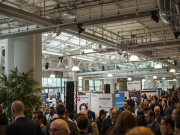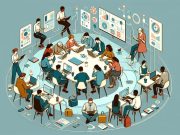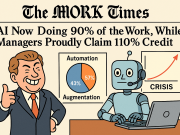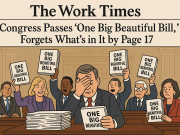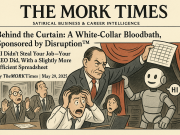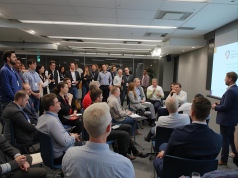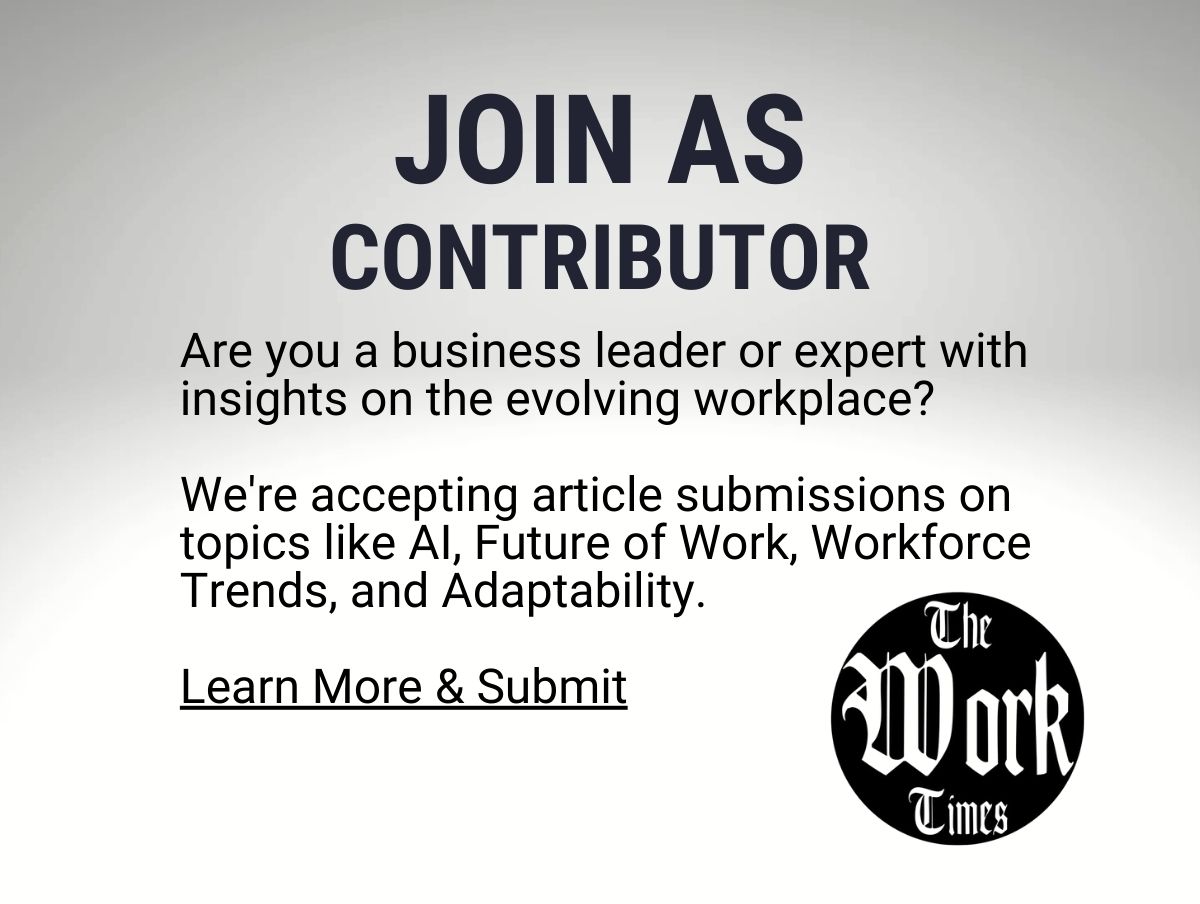In April 2025, the United States took a bold step in reshaping its global economic strategy. With the implementation of a 10% baseline tariff on imports—and even steeper rates on goods from specific trade partners—the country entered a new phase of tariff-driven trade policy. Framed as a means to restore economic balance, boost domestic production, and reduce reliance on foreign supply chains, these policies are being met with both cautious optimism and growing concern, particularly from the heart of the American workforce.
For American workers, this moment is pivotal. Tariffs aren’t just abstract levers in a policy toolkit—they’re real forces that shape industries, jobs, and livelihoods. As the world recalibrates to this new tariff landscape, the questions emerge: Who stands to gain? Who risks falling behind? And how can we turn disruption into opportunity?
The Immediate Impact: Manufacturing, Agriculture, and Beyond
At face value, tariffs are meant to protect domestic industries by making imported goods more expensive and less competitive. This encourages consumers and businesses to “buy American”—theoretically funneling demand back into U.S. factories and farms. In manufacturing sectors like steel, aluminum, and automotive parts, this could lead to short-term boosts in domestic demand and even new job creation as U.S. firms ramp up production.
But the story isn’t quite that simple.
Tariffs also raise input costs for U.S. manufacturers who rely on imported raw materials and components. Consider a company that builds tractors in Illinois. While the tariff may protect its final product from foreign competition, it could simultaneously increase the cost of steel imported from South Korea or Canada, thereby reducing margins or leading to higher prices for American consumers. This balancing act puts pressure on manufacturers to streamline operations, which often includes cutting jobs or automating roles—ironically counteracting the very protection the tariffs were meant to provide.
In agriculture, the stakes are equally high. American farmers often depend on export markets for crops like soybeans, corn, and wheat. When tariffs are imposed, retaliatory actions from trade partners are inevitable. China, for instance, has already hinted at increased tariffs on American grain—a move that could undercut farm revenue, strain rural economies, and intensify the ongoing consolidation of small and mid-sized farms.
Workers on the Frontlines: Job Stability and Wage Pressures
For workers in industries insulated by tariffs, the environment might initially appear more stable. But over time, artificial protection can create complacency, stifling innovation and efficiency. More concerning is the potential for job losses in sectors that are adversely affected by rising costs or declining global competitiveness.
According to the Economic Policy Institute, while tariffs can generate modest wage growth in protected industries, these gains are often offset by higher prices for consumer goods and reduced employment in other parts of the economy. As companies adjust to new costs, workforce restructuring—via layoffs, outsourcing, or automation—becomes an unavoidable consequence.
Furthermore, wage growth tied to tariffs may be localized to certain sectors, leaving service workers, gig economy participants, and public-sector employees largely untouched by the policy’s benefits but fully exposed to its inflationary effects.
A Glimmer of Opportunity: The U.S.-Europe Free-Trade Zone
Amidst the uncertainty, a new idea is gaining traction: a U.S.-Europe free-trade zone. Backed by influential voices including Elon Musk, the proposal calls for the elimination of tariffs between the two economic giants, creating a level playing field and streamlining supply chains.
For workers, such a zone could unlock fresh opportunities. American manufacturers would gain easier access to high-income European markets, enabling growth in aerospace, clean energy, and advanced manufacturing. This could foster a surge in skilled jobs and apprenticeships—particularly in regions that have long sought to revive their industrial base.
Similarly, agricultural exports like dairy, beef, and wine could find more favorable market conditions, potentially reversing some of the damage caused by Asian market losses. And for the tech sector, closer ties with Europe could mean harmonized data regulations and shared R&D efforts, creating new jobs in digital infrastructure, cybersecurity, and AI development.
Of course, this proposal isn’t without its critics. Some fear that freer trade with Europe could lead to increased competition in sectors where the U.S. has traditionally underperformed. But in the context of a global economy where supply chains are increasingly regionalized rather than globalized, a stable and open transatlantic partnership may be precisely what American workers need to maintain relevance and security.
Charting a Human-Centered Trade Future
What this moment demands is not just a rethinking of tariffs, but a rethinking of how trade policy intersects with workforce development. Policymakers must resist the urge to use tariffs as blunt instruments and instead design targeted strategies that align with local capacities and community needs.
This includes:
- Upskilling and reskilling programs for workers in vulnerable sectors,
- Incentives for reshoring and advanced manufacturing, especially in renewable energy and medical supplies,
- Support for small businesses navigating complex new trade rules,
- And the inclusion of labor voices in trade negotiations, ensuring that policy is shaped not just by corporations and diplomats, but by those who build, grow, ship, and sell.
Ultimately, tariffs alone won’t fix trade imbalances or revive the American Dream. But smart, equitable trade policies—balanced with international partnerships and a commitment to worker empowerment—just might.
Conclusion: Resilience Over Retaliation
As the U.S. reshapes its global trade strategy, workers remain at the heart of the conversation. Tariffs are here, but so is the opportunity to build a new, more resilient economic foundation—one rooted in local strength and global cooperation.
The road ahead will be challenging, but if navigated wisely, this tariff era could become not just a chapter of disruption, but a gateway to renewal.
Join Future of Work Debate at WorkCongress2025
For similar editorials – read
For news tips contact

